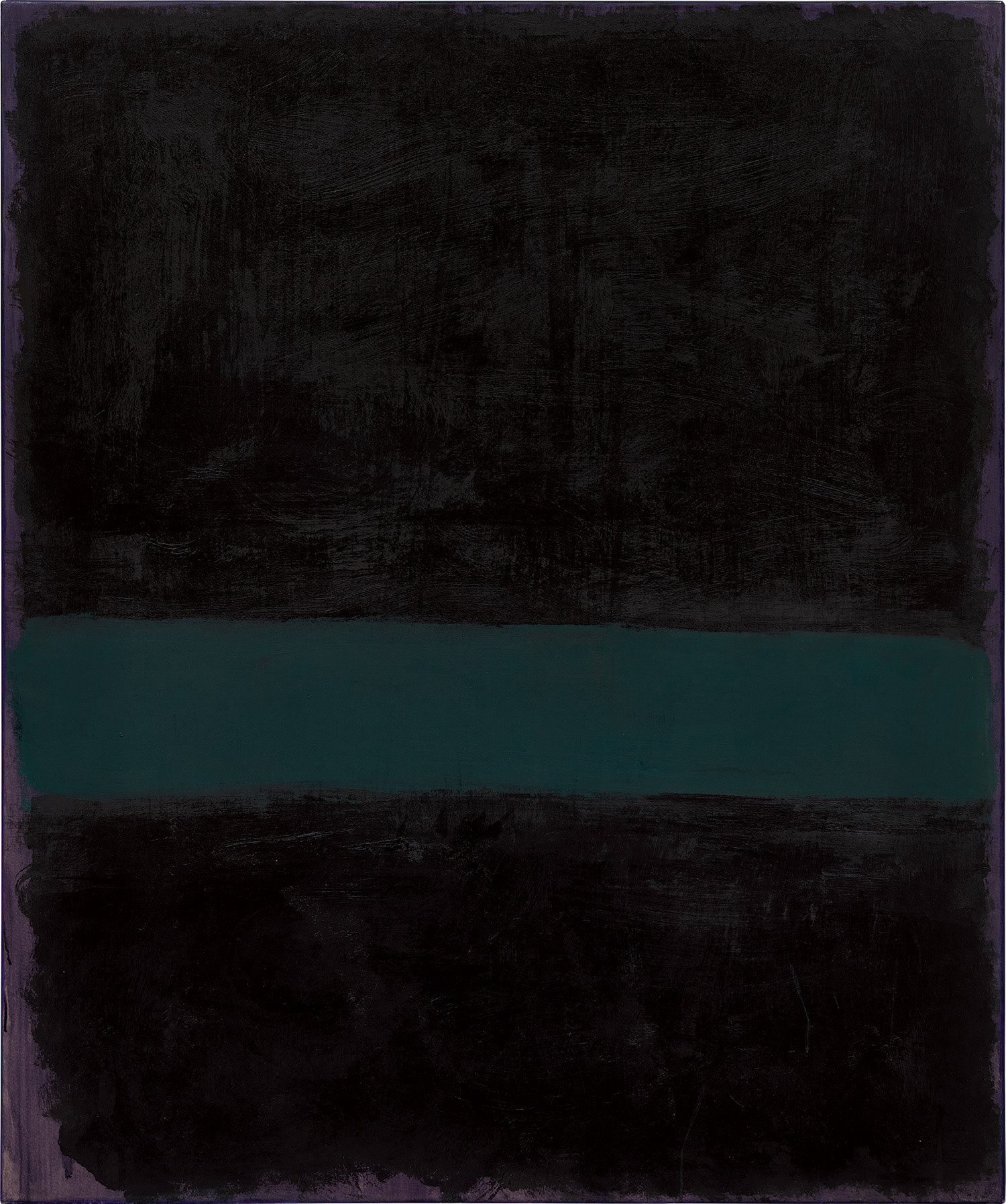

Property of a Prominent Private Collector
22Ο◆
Mark Rothko
Untitled
acrylic on paper mounted on panel
48 5/8 x 40 1/2 in. (123.5 x 102.9 cm)
Executed in 1969.
The following work is being considered for inclusion in the forthcoming Mark Rothko Online Resource and Catalogue Raisonné of works on paper, compiled by the National Gallery of Art, Washington, D.C.
The following work is being considered for inclusion in the forthcoming Mark Rothko Online Resource and Catalogue Raisonné of works on paper, compiled by the National Gallery of Art, Washington, D.C.